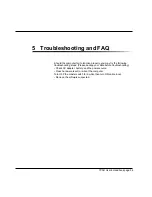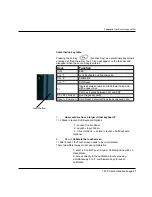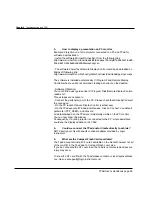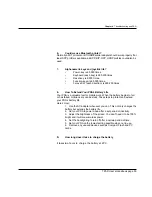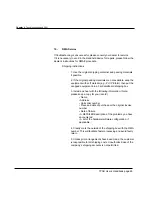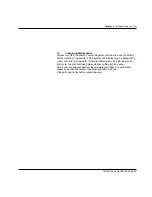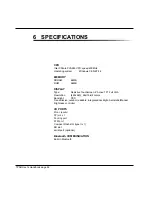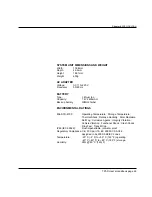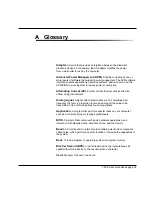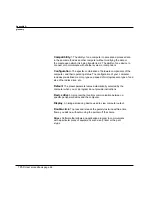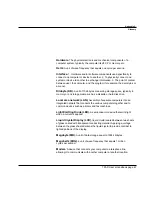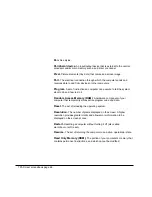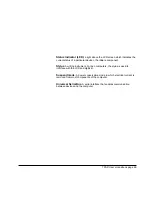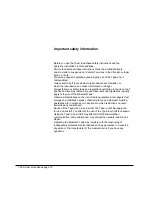
Pen.
See stylus.
Peripheral device.
An input/output device that is external to the central
processor and/or main memory such as a printer or scanner.
Pixel.
Picture elements (tiny dots) that compose a screen image.
Port.
The electrical connection through which the computer sends and
receives data to and from devices or other computers.
Program.
A set of instructions a computer can execute to tell the system
what to do and how to do it.
Random Access Memory (RAM).
A hardware component of your
computer that temporarily stores active program code and data.
Reset.
The act of reloading the operating system.
Resolution.
The number of pixels displayed on the screen. A higher
resolution provides greater clarity and allows more information to be
displayed on the screen at once.
Restart.
Resetting a computer without turning it off (also called
warm boot or soft reset).
Resume.
The act of returning the computer to an active, operational state.
Read Only Memory (ROM).
The portion of your computer’s memory that
contains permanent instructions, and which cannot be modified.
TPAD User’s Handbook page 68



